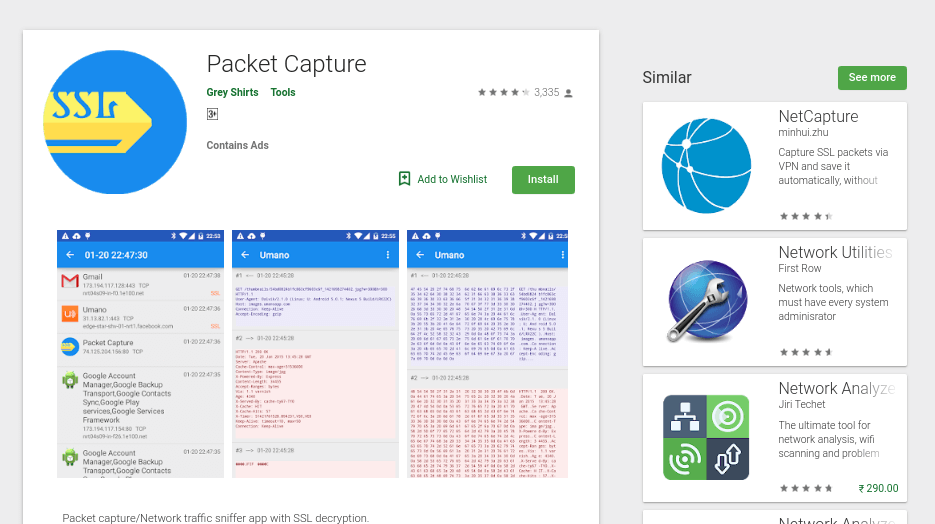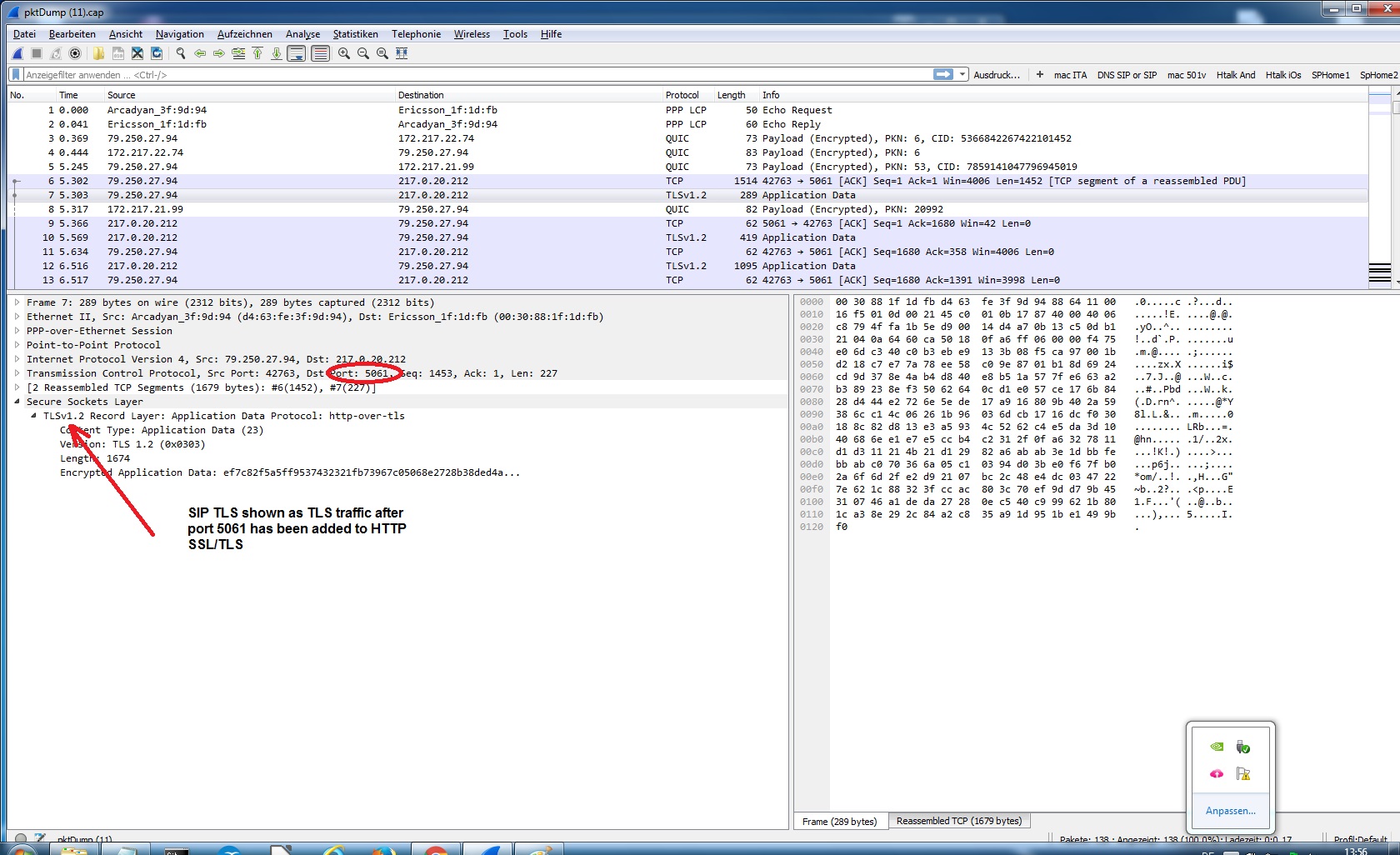
Once it finds a match for the packet, it doesn’t evaluate subsequent rules. Sophos Firewall evaluates rules from the top down until it finds a match. To change the position of a rule, click and drag the Rule handle ( ).
To turn on or turn off a rule, select the switch. To clone or add a rule next to an existing rule, select the action. To edit or delete a rule, select the action. To reset the rule filter, select Reset filter.Ĭlick More options to specify the following actions:. You can filter the rules by the source, destination, and rule ID. Certificates signed by a trusted CAĪfter decryption and inspection, Sophos Firewall signs these certificates as the CA, allowing users to determine that the original issuing authority is a trusted CA and that SSL/TLS inspection has taken place. It doesn't re-sign these certificates as the CA, and clients (example: browsers) continue to see these as self-signed certificates.īrowsers then show a warning that the website's certificate wasn't issued by a trusted CA, allowing users to see that the original certificate's self-signed and must not be trusted. For these connections, Sophos Firewall only replaces the key in the certificate with the key used to re-encrypt the decrypted and inspected content, and signs the certificate with this key. Self-signed certificates allow end-to-end encryption but don't guarantee the website's identity. 
Some servers use a self-signed certificate instead of a certificate signed by a CA. Self-signed versus trusted CA certificates Self-signed certificates We recommend creating an SSL/TLS exclusion list for all Android devices.

Android devices are known to generate SSL/TLS certificate errors, causing decryption to fail.






 0 kommentar(er)
0 kommentar(er)
